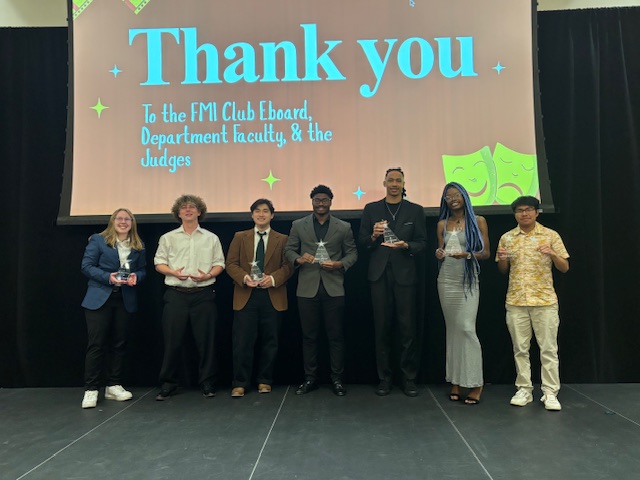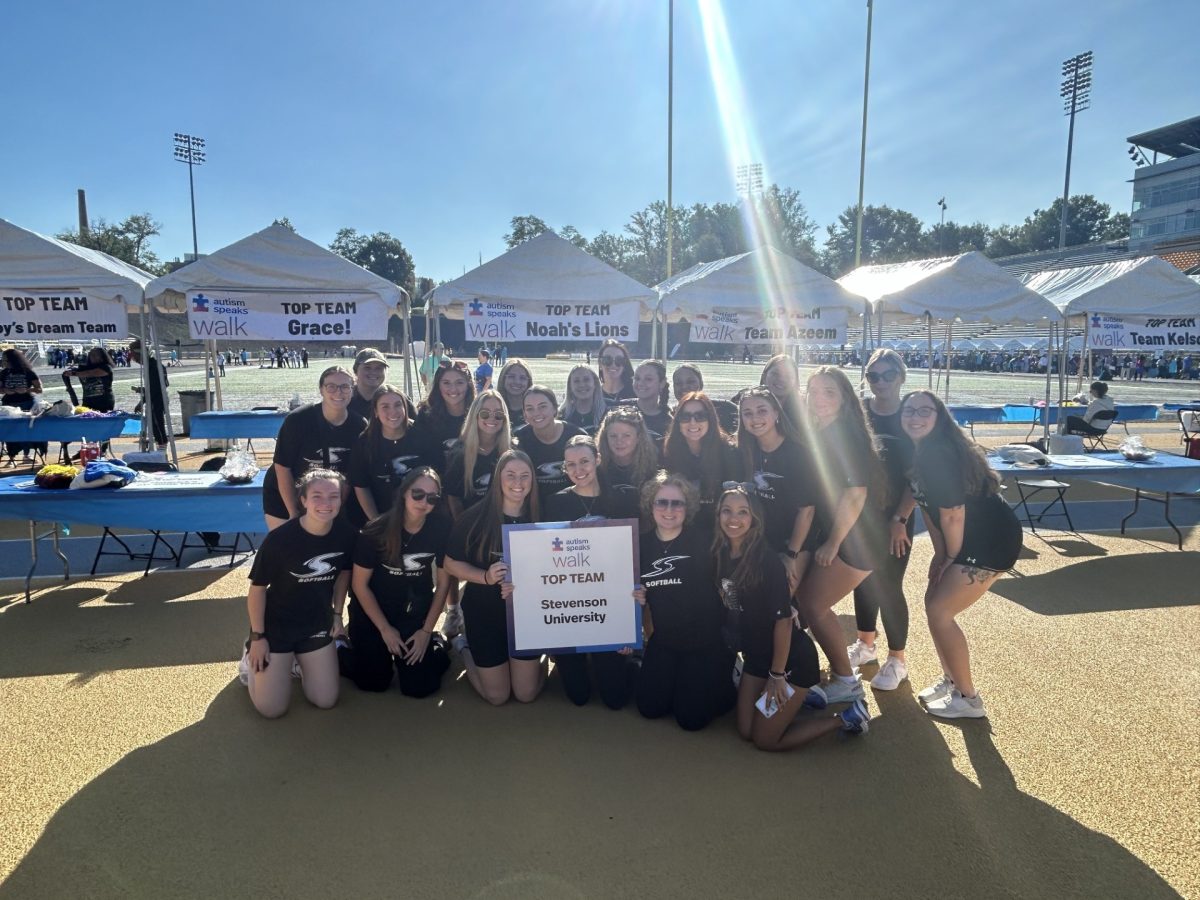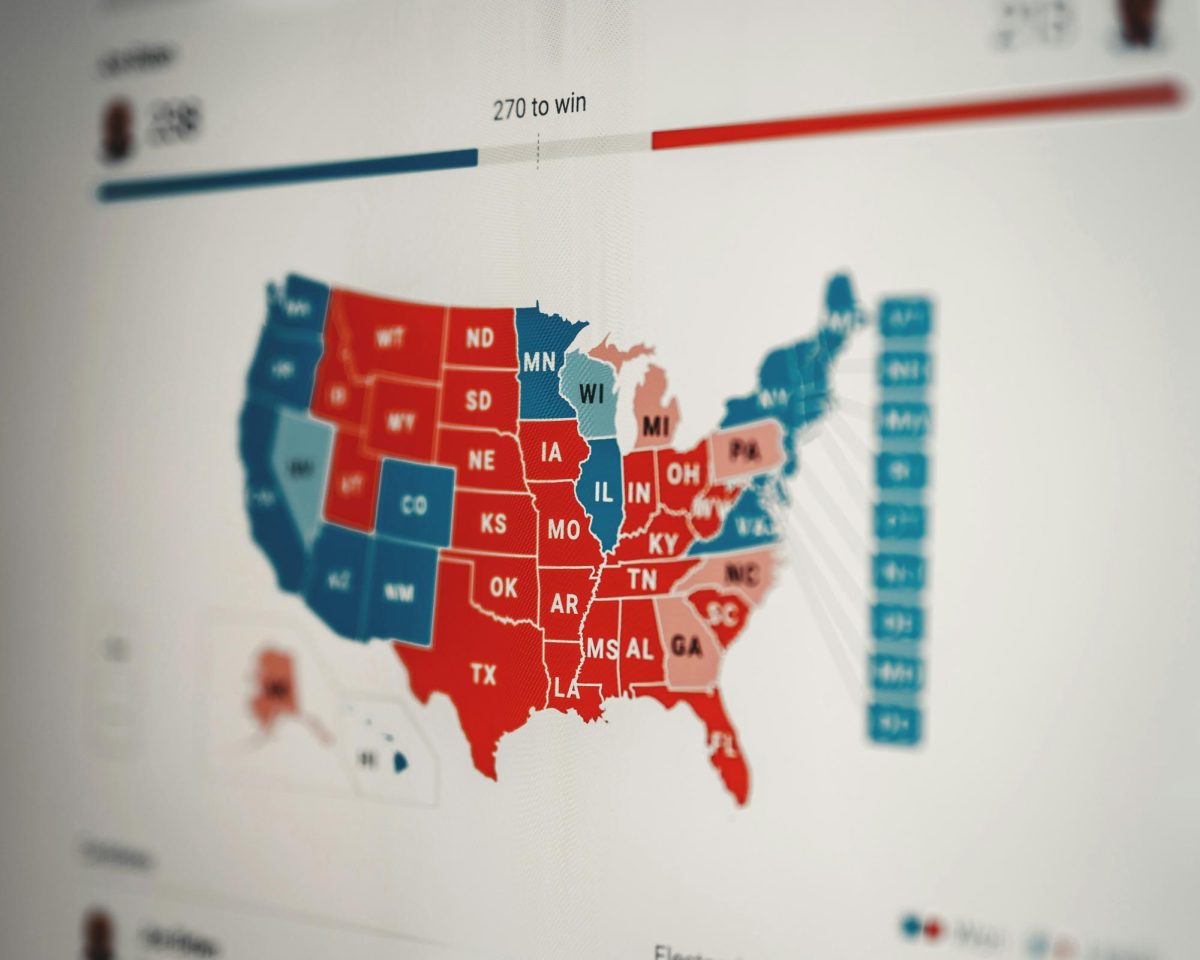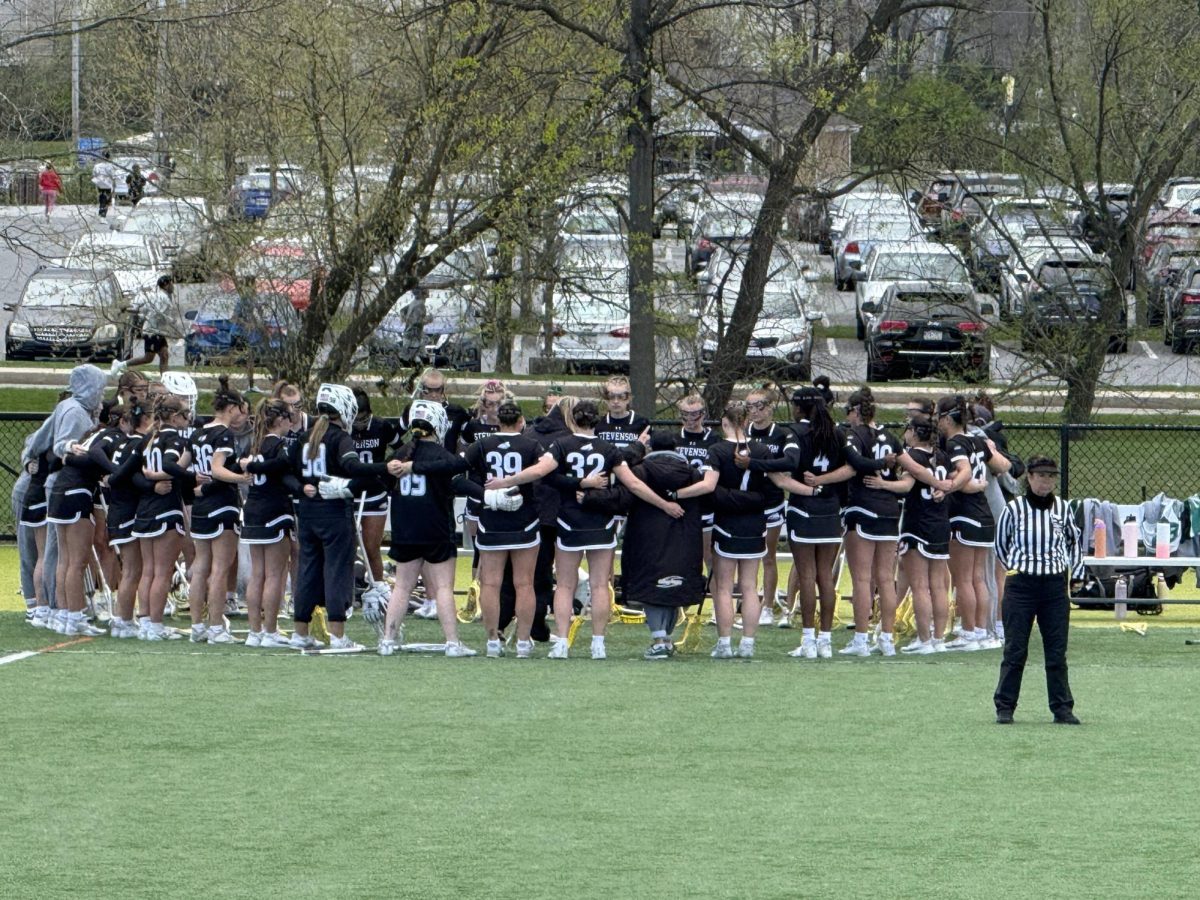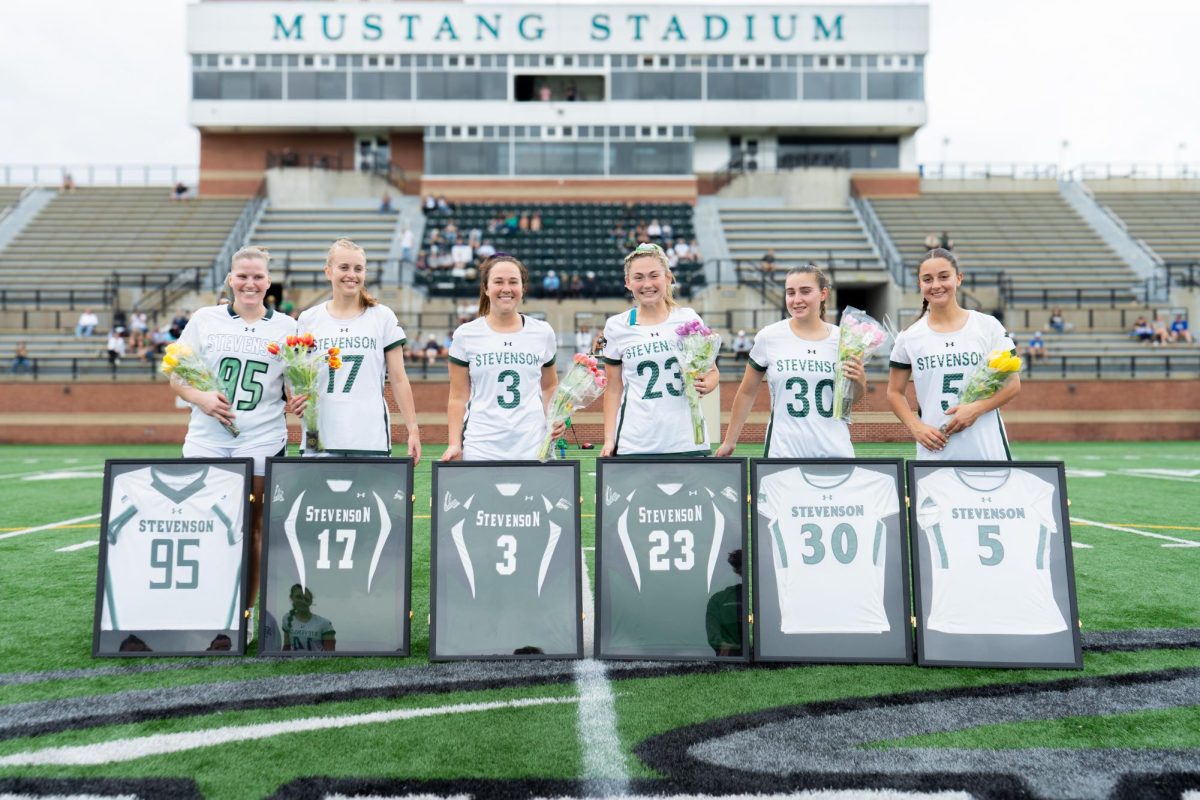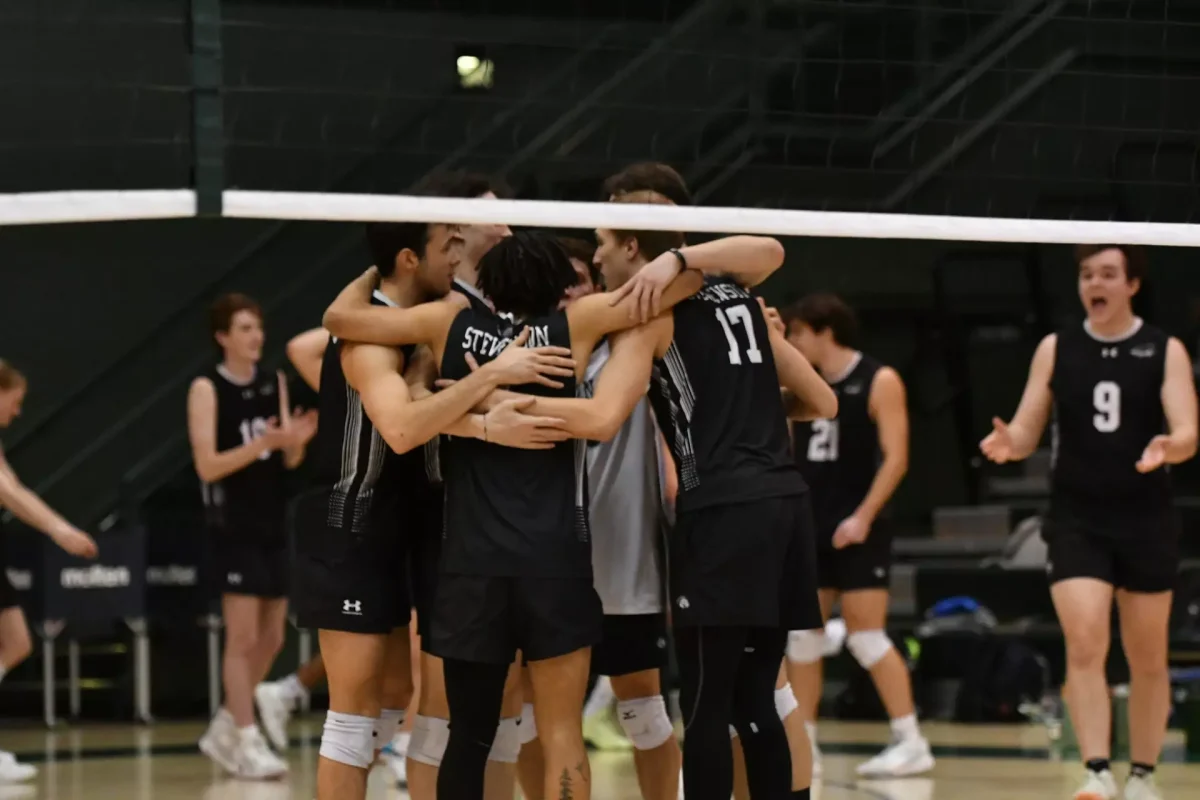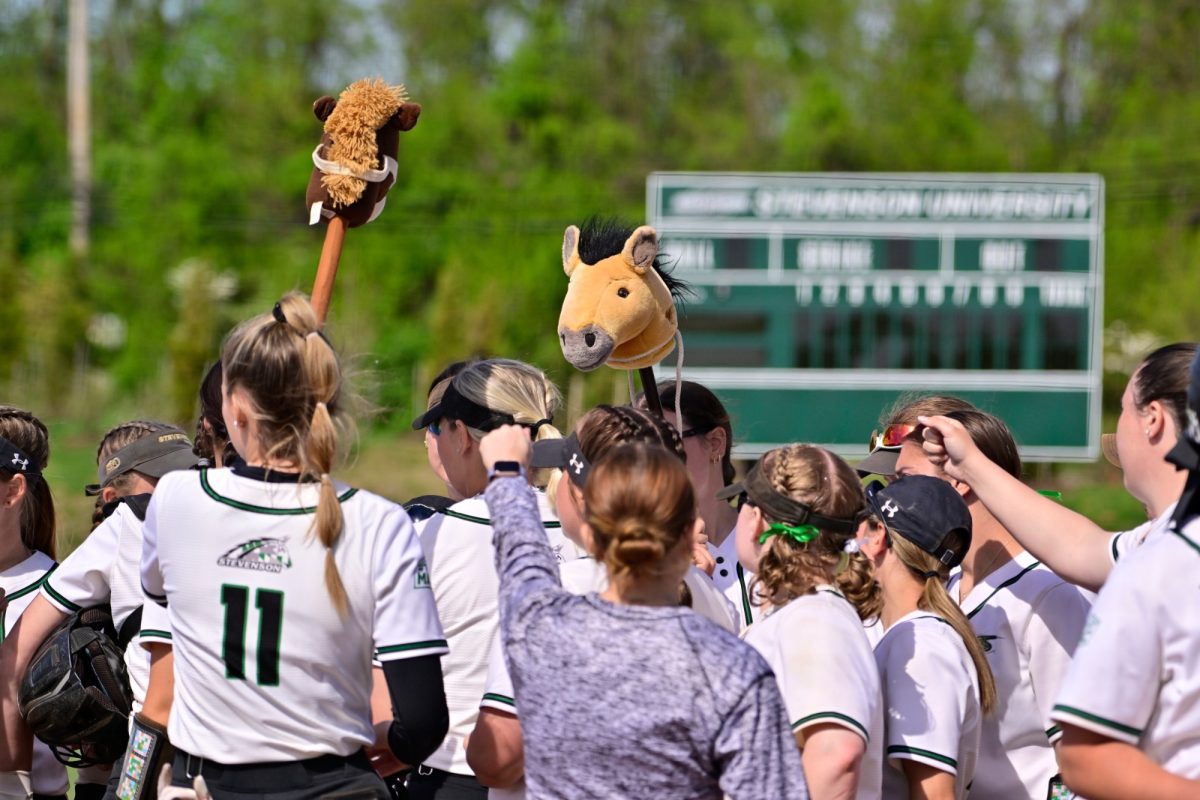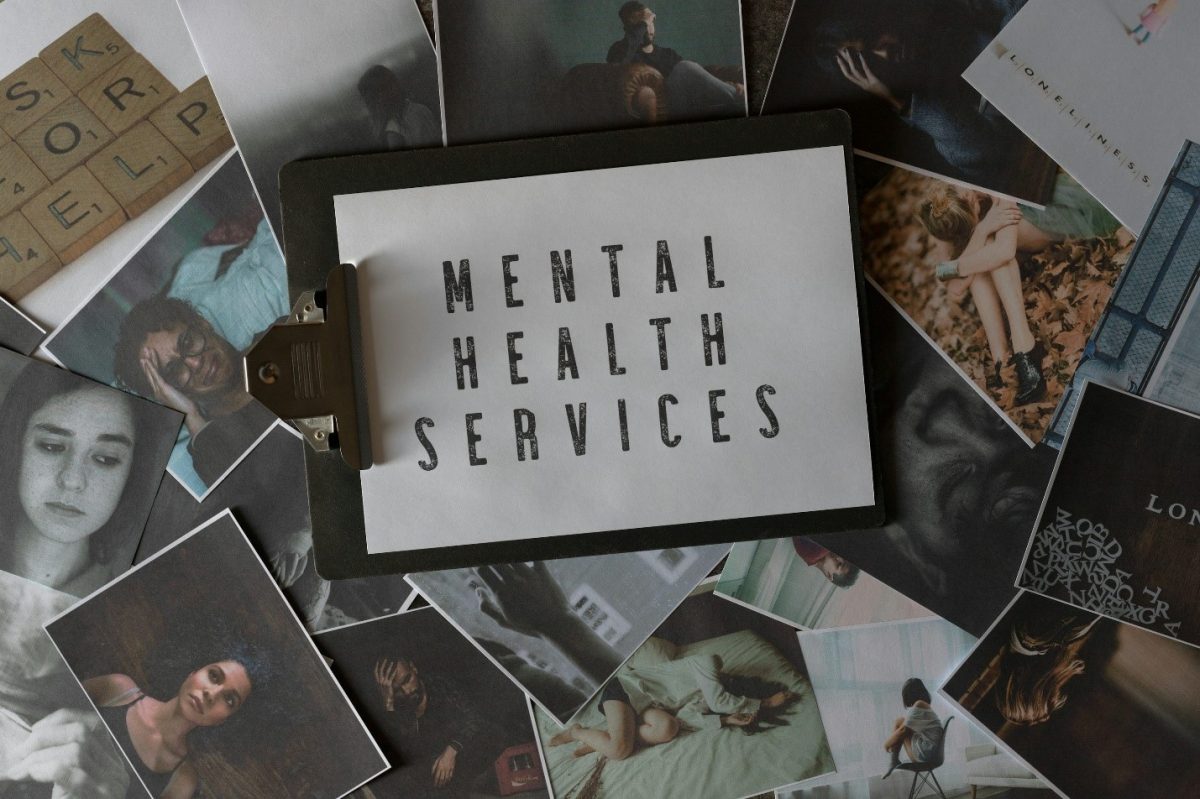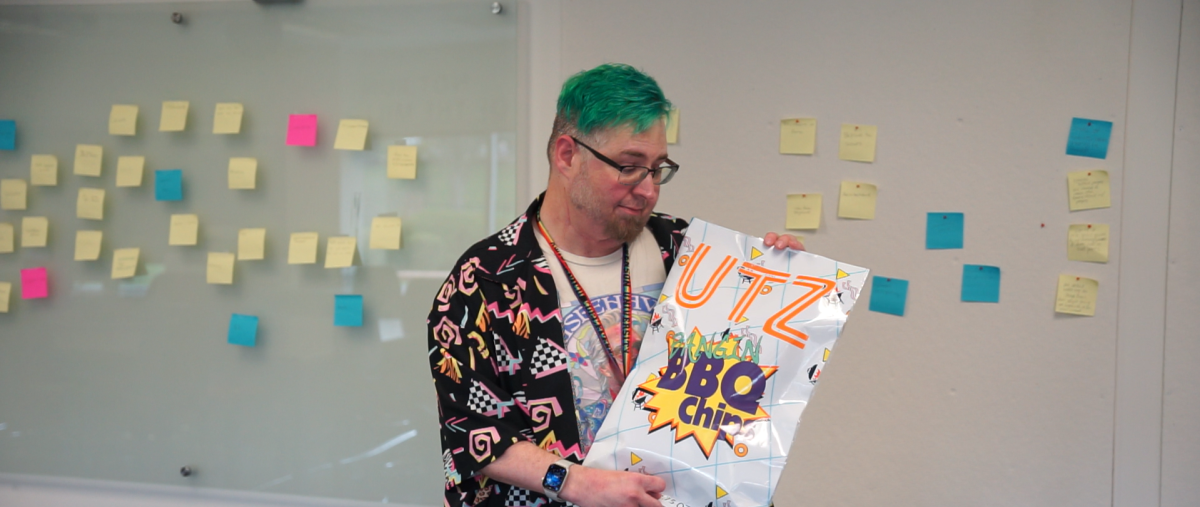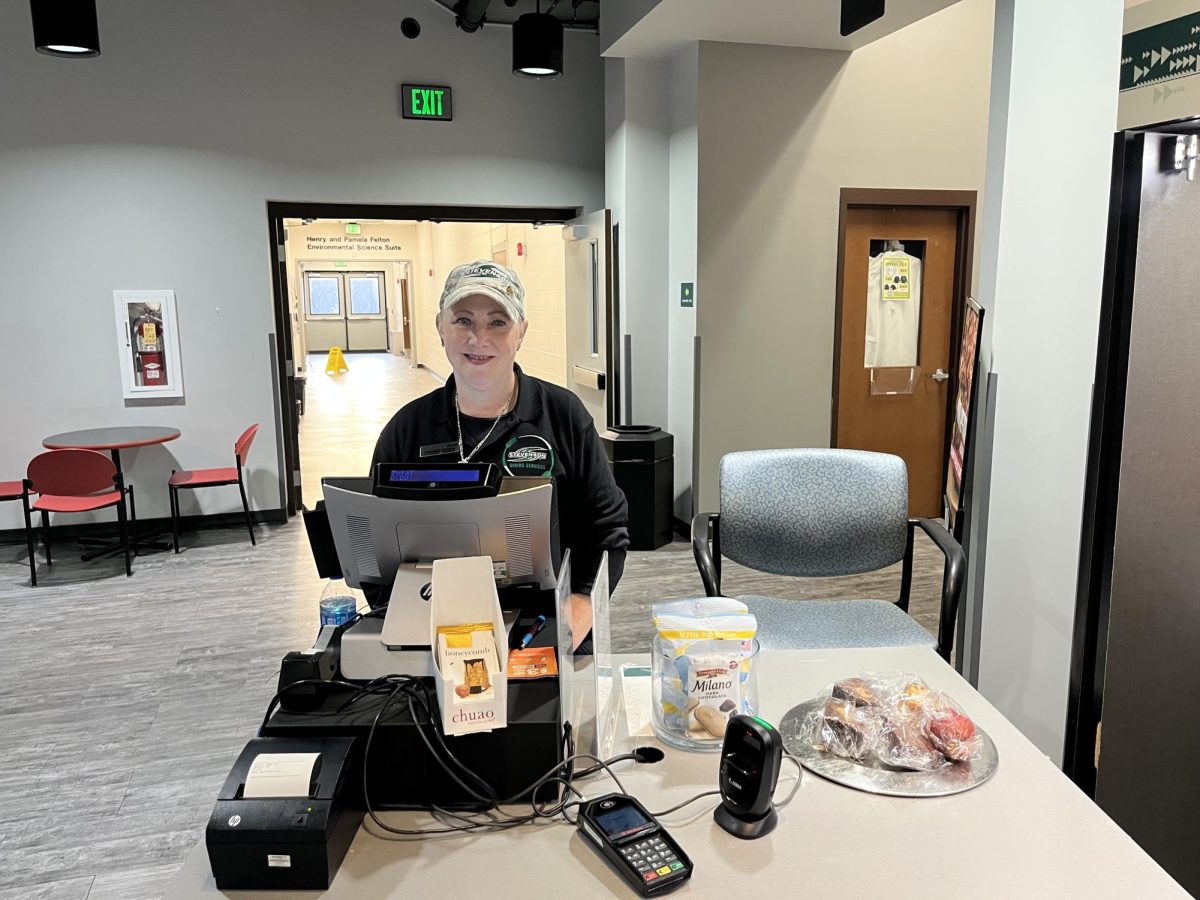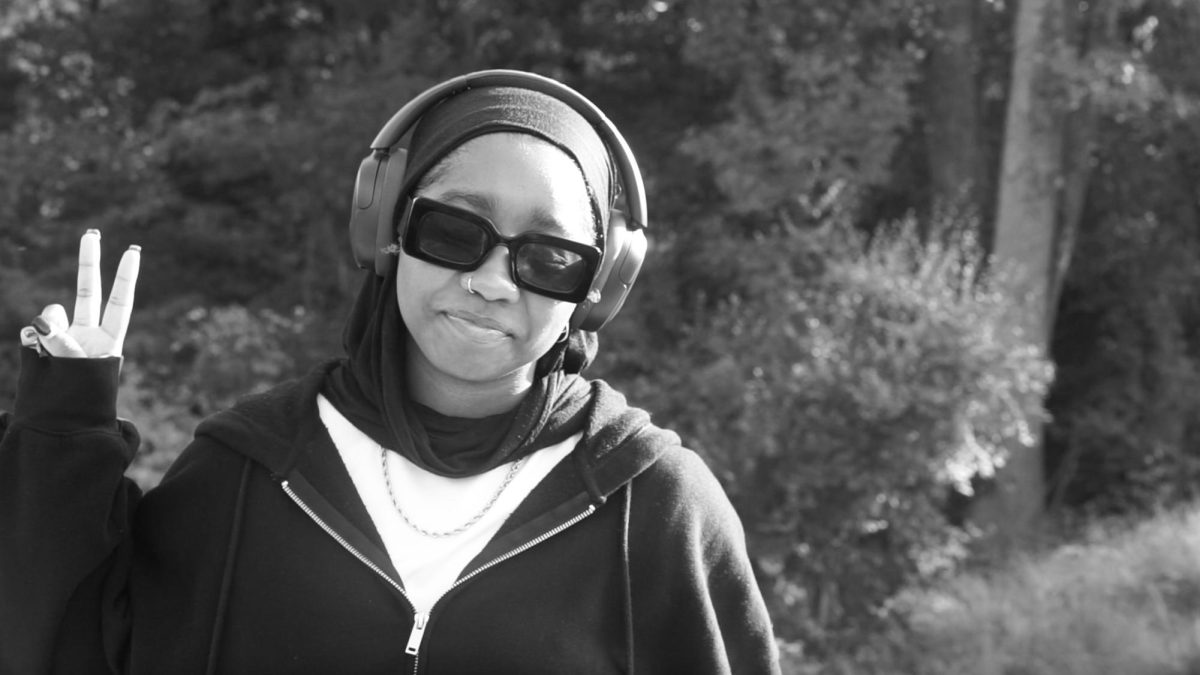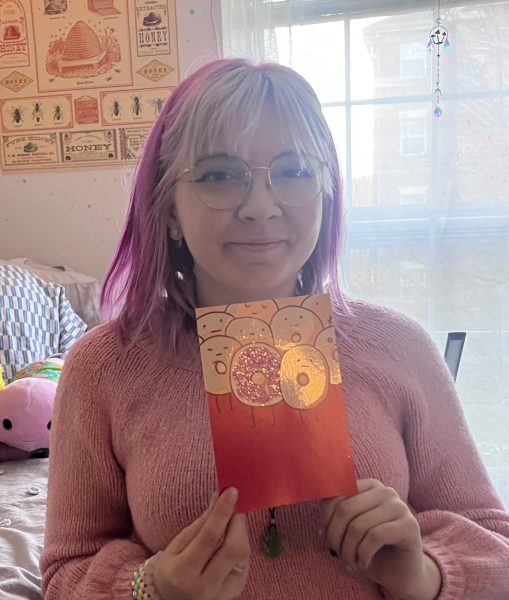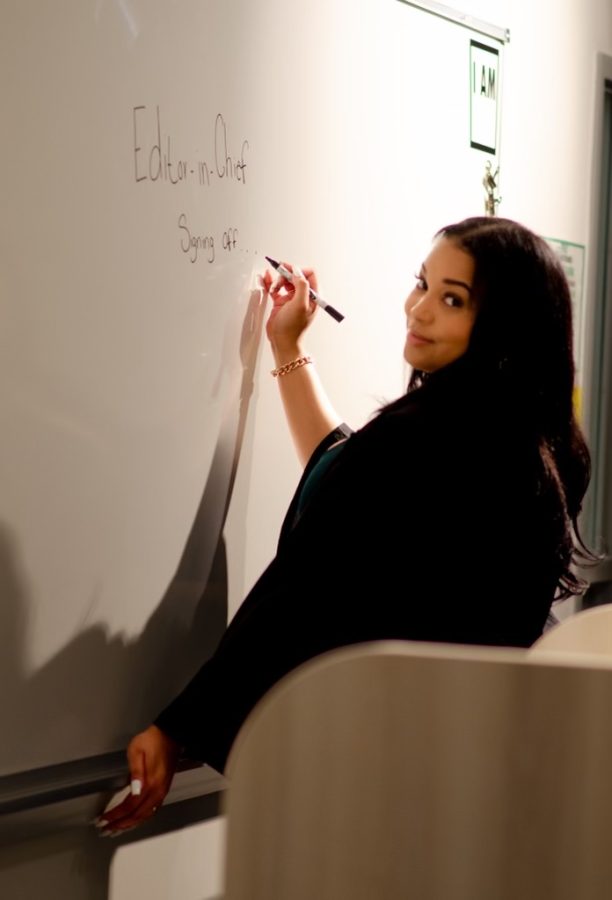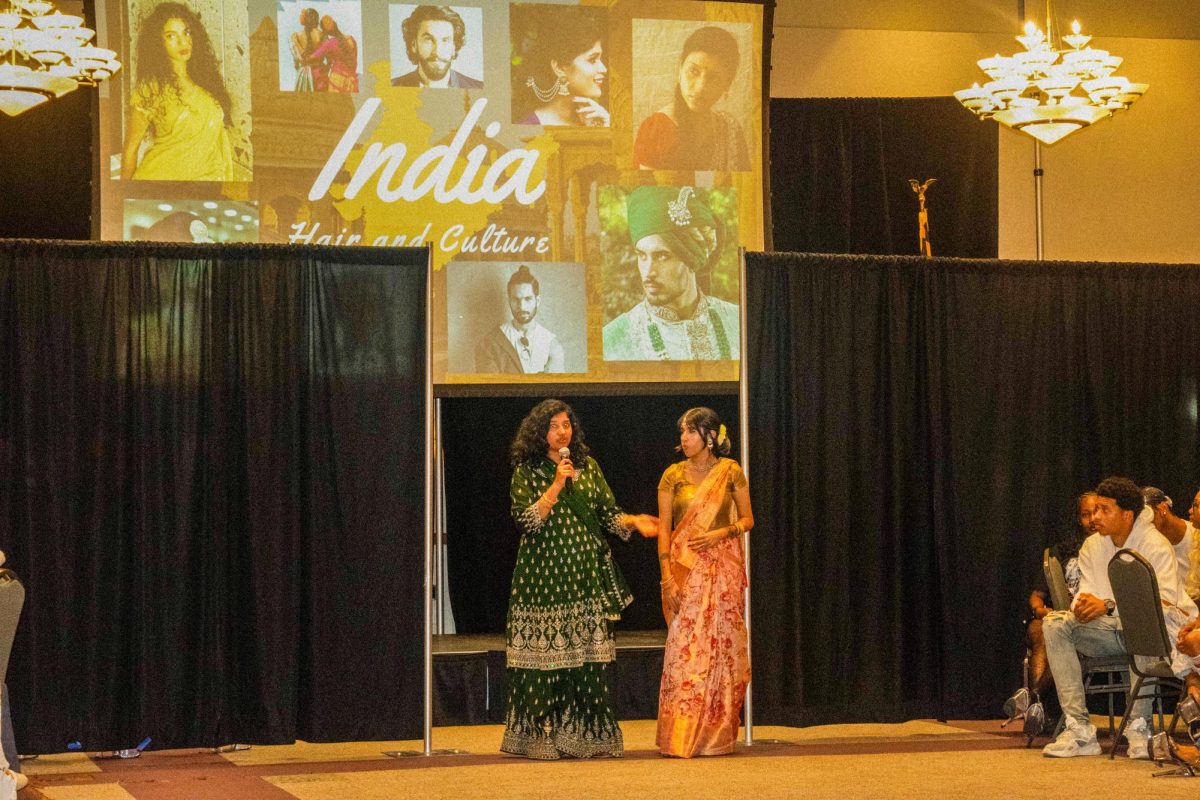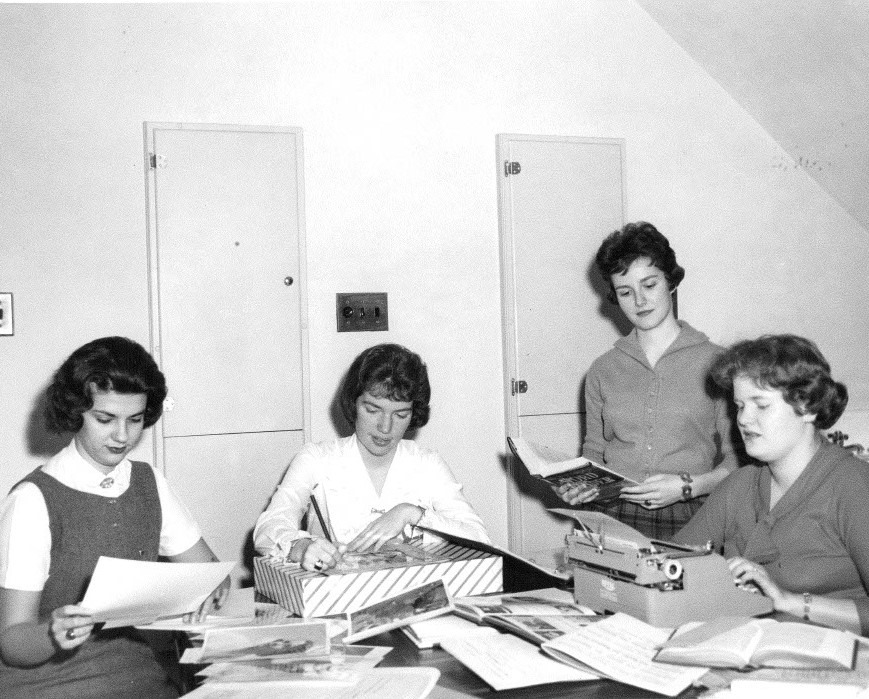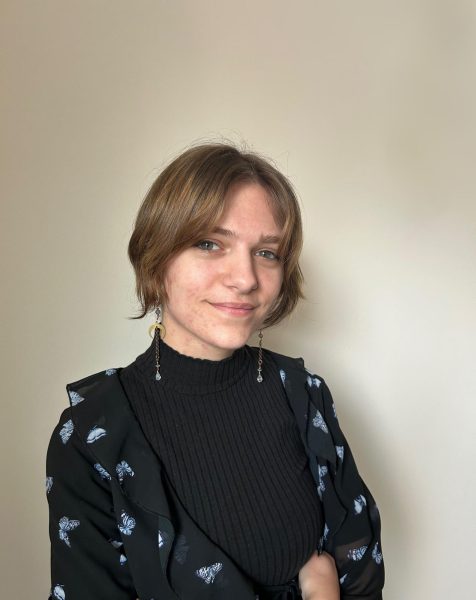It appears that women are outpacing men when it comes to pursuing higher education. 47% of today’s young women hold bachelor’s degrees, compared to 37% of young men.
The National Center for Education Statistics shows that the current student body for higher education is about 58% female. At Stevenson University, about 64% of our student body identifies as female. Since its founding as a women-only college in 1947, Stevenson University (formerly known as Villa Julie College) has been supporting women and preparing them for the future of work.
LaTonya Henson, Assistant Director of Admissions, affirmed that our history as a women-only institution has shaped the university into what it is today.
“Now that it’s gone co-ed and it still has more women who go here… I think it has evolved beautifully,” Henson said. “Women still drive that force behind it.”
Women have been able to pursue higher education since 1837 when Oberlin College in Ohio became a coeducational facility–however, the barrier between women and the accessibility of higher education has remained. Many of the nation’s Ivy League schools did not begin admitting women until the 1960s and 1970s. Columbia University was the last of the Ivy Leagues to accept female students, admitting the first of them in 1983.
Although women have been pursuing higher education for centuries, women still face many struggles at these institutions and in leadership positions outside of higher education. According to a 2024 study conducted by McKinsey & Company, women remain underrepresented in every stage of the corporate pipeline, especially in higher level positions.
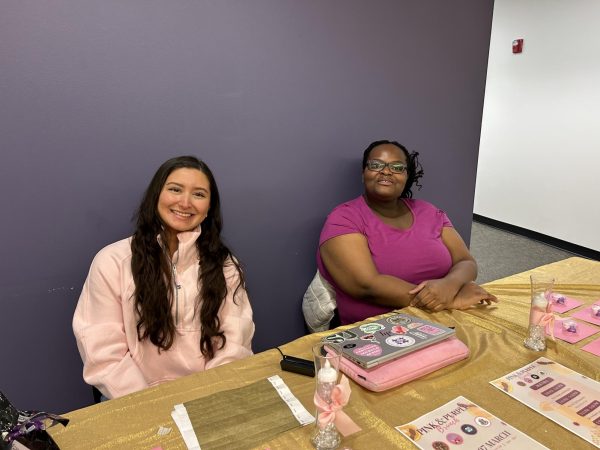
Furthermore, fewer women are promoted compared to male counterparts, creating a barrier for women’s advancement in workplaces, as well–not just within schools. These barriers are even more significant for women of color, creating a serious disparity.
Henson said that women face many challenges in the workplace, one of which is balancing personal and professional lives.
“As women, we still take on a lot, and it’s hard for us to ask for help,” Henson said.
Henson recommends that women find their inner joy, or something that brings peace. Her inner joy is camping with her family, and she encourages everyone to find a hobby or group that they can escape to.
One of these groups could be the Women of Resilience, Tenacity, and Humility (W.O.R.T.H.) club, which helps support women and develop their leadership skills. Traniyah Craddieth, the president of W.O.R.T.H. said it is important to discuss women’s history and use that information as motivation to keep going.
“As a woman of color, I look into my history and it’s really inspirational to see how far we have come… having role models to look at and celebrate because they did so much and now it’s my turn,” she said. “It’s an amazing thing to look back at and then see that I can do even better.”
Craddieth said that women are often overlooked and ignored, so it is important to develop safe spaces on campus for women to build community and find support.
“I want people to come and enjoy [meetings] and see that they can have a space to talk and be themselves. It’s a safe space for them,” she said. “It’s always good to depend on other people.”
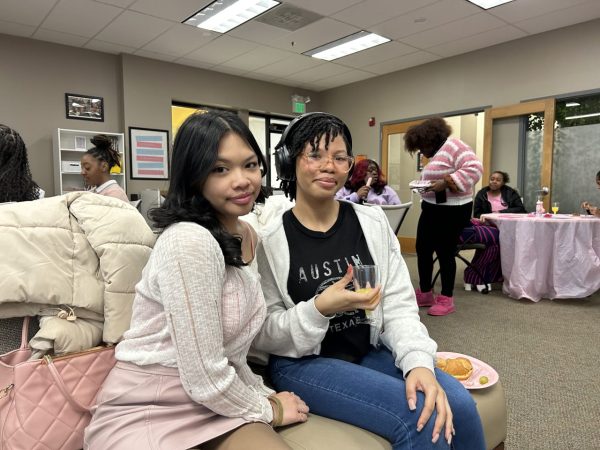
W.O.R.T.H. hosted a Pink and Purple Brunch Event to build community and celebrate women and their accomplishments earlier this week on March 3.
Isabelle Lao, a first-year Fashion Merchandising major, attended the brunch and said she was hoping to meet new people at this event and learn more about women’s history.
“Women haven’t always gotten the recognition they deserved… and growing up my parents didn’t teach me any of that [history], so it’s really interesting to learn more about it,” she said.
Latasia Short, a first-year Fashion Design and Fashion Merchandising double major, said that she loved the idea of the brunch.
“I wanna do something like that, some girls getting together and having a cute little brunch,” she said.
Short also mentioned how important it is for women to be celebrated.
“In history, [women are] never celebrated for anything and we’ve done so much,” she said. “We need to celebrate everything we’ve done for ourselves and how we’ve come to be where we are now.”
Jenna Womack, the Executive Director of Student Life & Leadership, said that Women’s History Month and celebrating women’s history is important for a number of reasons. “It inspires us to keep working, because obviously the job isn’t done yet,” she said. “I think it’s really important to highlight women, women’s leadership, not just in March, but all the time.”



